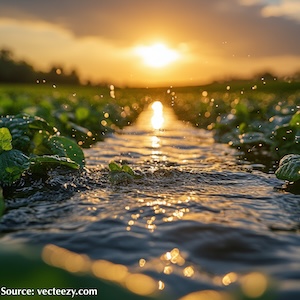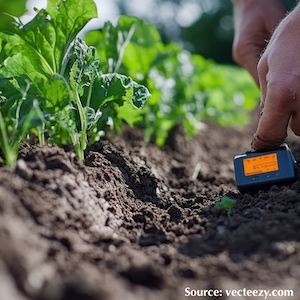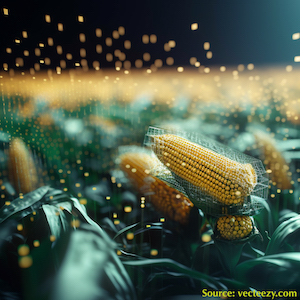Comparison of two different artificial neural network models for prediction of soil penetration resistance
All claims expressed in this article are solely those of the authors and do not necessarily represent those of their affiliated organizations, or those of the publisher, the editors and the reviewers. Any product that may be evaluated in this article or claim that may be made by its manufacturer is not guaranteed or endorsed by the publisher.
Authors
A time-varying, nonlinear soil-plant system contains many unknown elements that can be quantified based on analytical methodologies. Artificial neural networks (ANNs) are a widely used mathematical computing, modeling, and predicting methods that estimate unknown values of variables from known values of others. This paper aims to simulate the relationship between soil moisture, bulk density, porosity ratio, depth, and penetration resistance and to estimate soil penetration resistance with the help of ANNs. For this aim, the generalized regression neural network (GRNN) and radial basis function (RBF) models were developed and compared for the estimation of soil penetration resistance values in MATLAB. A dataset of 153 samples was collected from experimental field. From the 153 data, 102 data (33%) were selected for training and the remaining 51 data (67%) were used for testing. The estimation process implemented 10 replications using randomly selected testing and training data. mean squared error (MSE), root mean square error (RMSE), and mean absolute error (MAE) were used to evaluate estimation accuracy on the developed ANN methods. Based on MSE, RMSE, MAE and standard deviation, statistical results showed that the GRNN modeling presented better results than the RBF model in predicting soil penetration resistance success.
How to Cite

This work is licensed under a Creative Commons Attribution-NonCommercial 4.0 International License.









